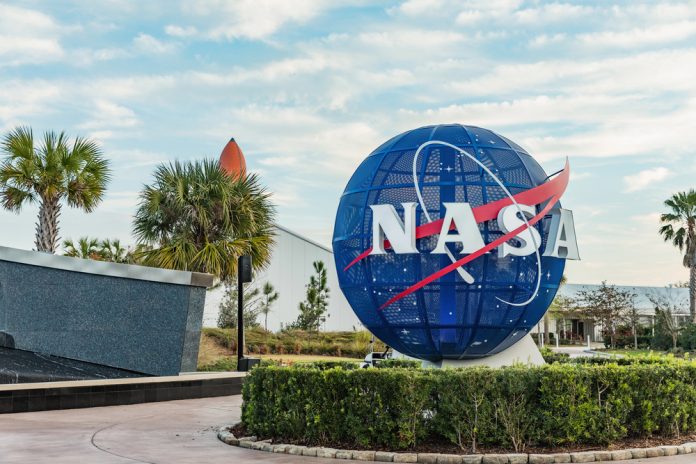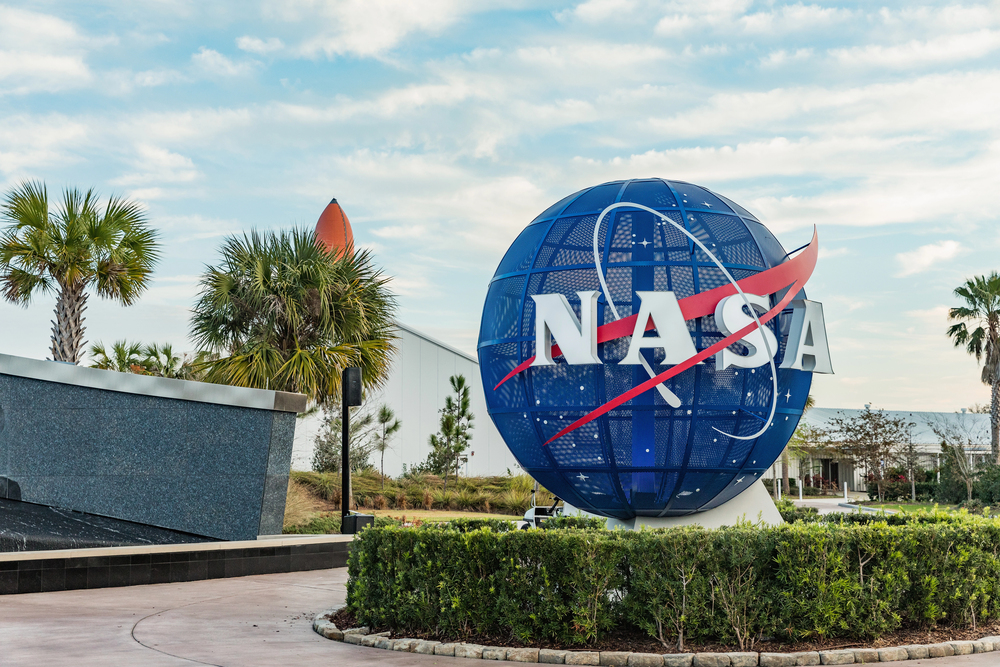
“It is about winning the second space race.” Thus spoke a top NASA official, exposing the real game behind America’s hasty effort to send a 100-kilowatt nuclear reactor to the Moon, a step that combines geopolitical imperative with the most challenging technical problems of contemporary engineering.
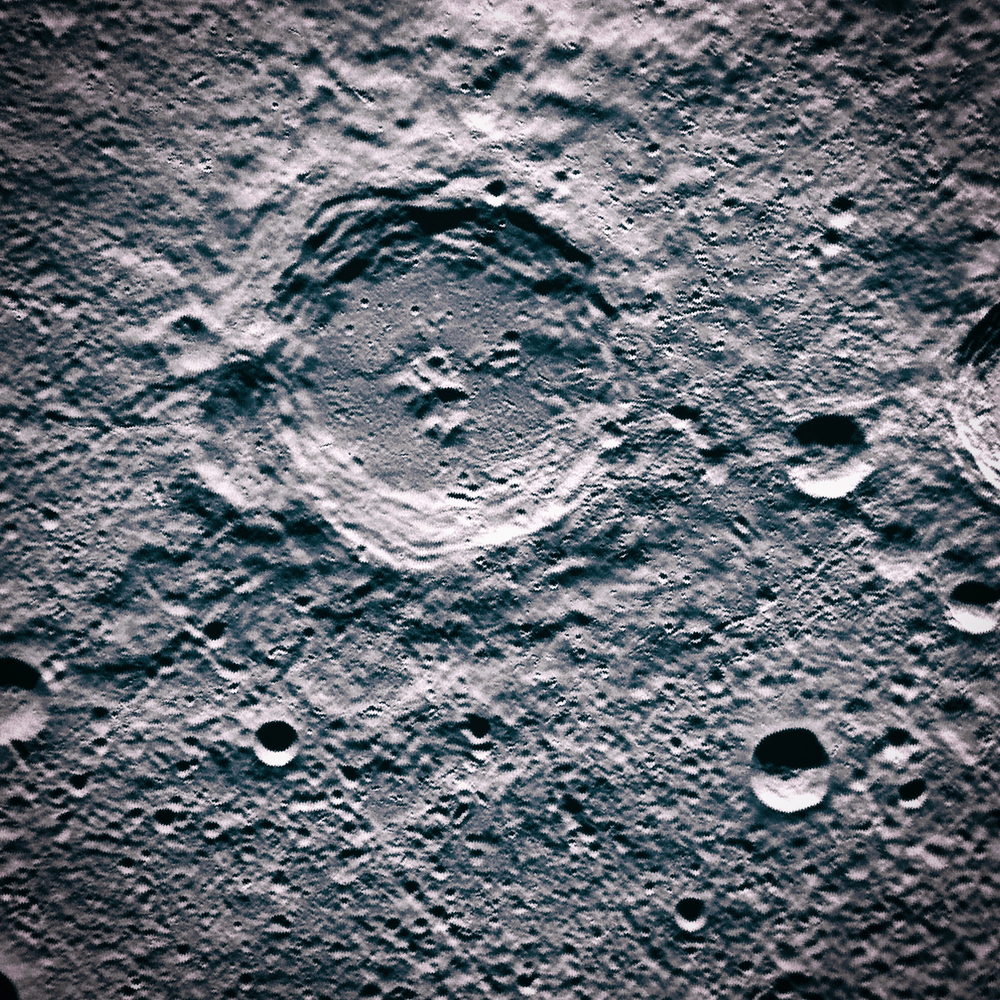
1. Geopolitics on the Lunar Frontier
The Moon’s surface, once the bastion of scientific prowess, has become a stage for strategic rivalry. Acting NASA Administrator Sean Duffy’s July 2025 directive is for the U.S. to “send a small nuclear power plant to the moon’s surface before China and Russia can.” The urgency is keen: “The first nation to send a reactor to the moon could potentially declare a keep-out zone which would greatly hinder the United States from making a planned Artemis presence if not there first,” Duffy cautioned.
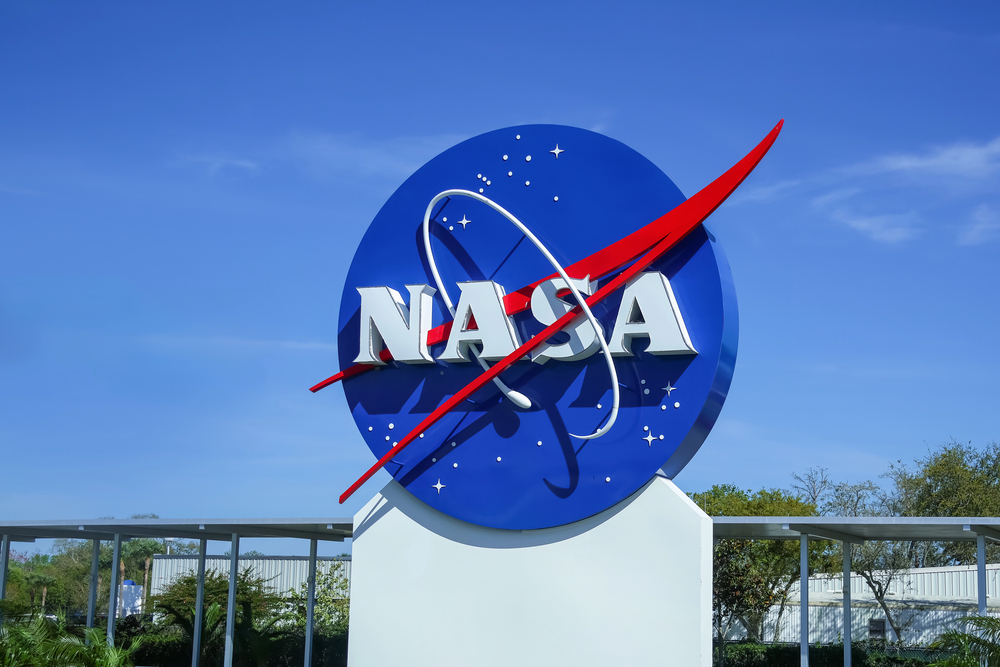
The Artemis Accords, ratified by 56 countries, offer a template for peaceful collaboration, but China and Russia are outside this group, fueling the competition for lunar power. The threat of “keep-out zones” highlights the danger that whoever sets up strong infrastructure earliest will be able to control access to valuable lunar zones and resources, influencing the next generation of space power politics. NASA intends to send a 100kW nuclear reactor to the Moon in 2030.
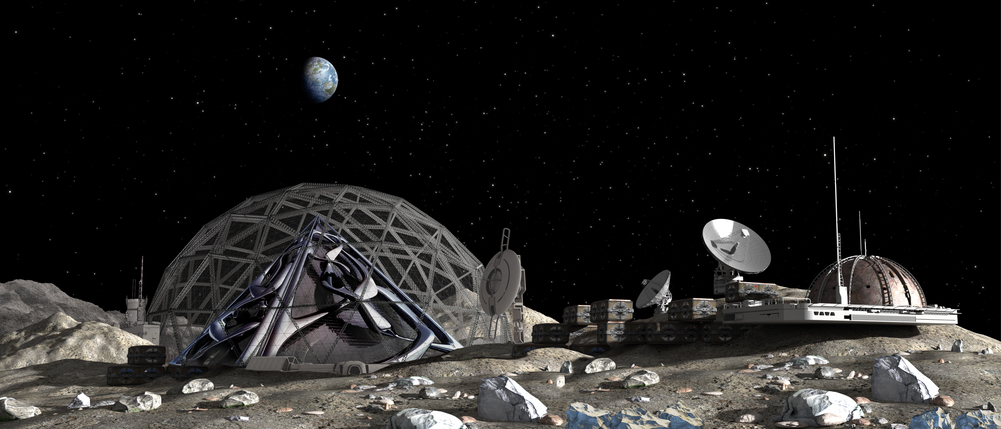
2. Engineering the 100 kW Lunar Reactor
The technological audacity matches the geopolitical calculation. The reactor planned for fission will have to provide 100 kilowatts of steady-state electrical power, a quantum jump from previous 40 kW designs, enough to power habitats, life support systems, scientific research laboratories, and industrial processes like mining and fuel manufacturing. The reactor, in all probability, will be a small, microreactor design based on highly enriched uranium, and power conversion will be accomplished through Stirling engines or high-temperature thermoelectric systems. “Massive technology” is not what is being discussed, Duffy said, yet the facts are anything but negligible. The reactor has to run independently in space, withstand the great temperature fluctuations, and live through the abrasive lunar soil that can cause the performance of radiators and mechanical systems to decay.
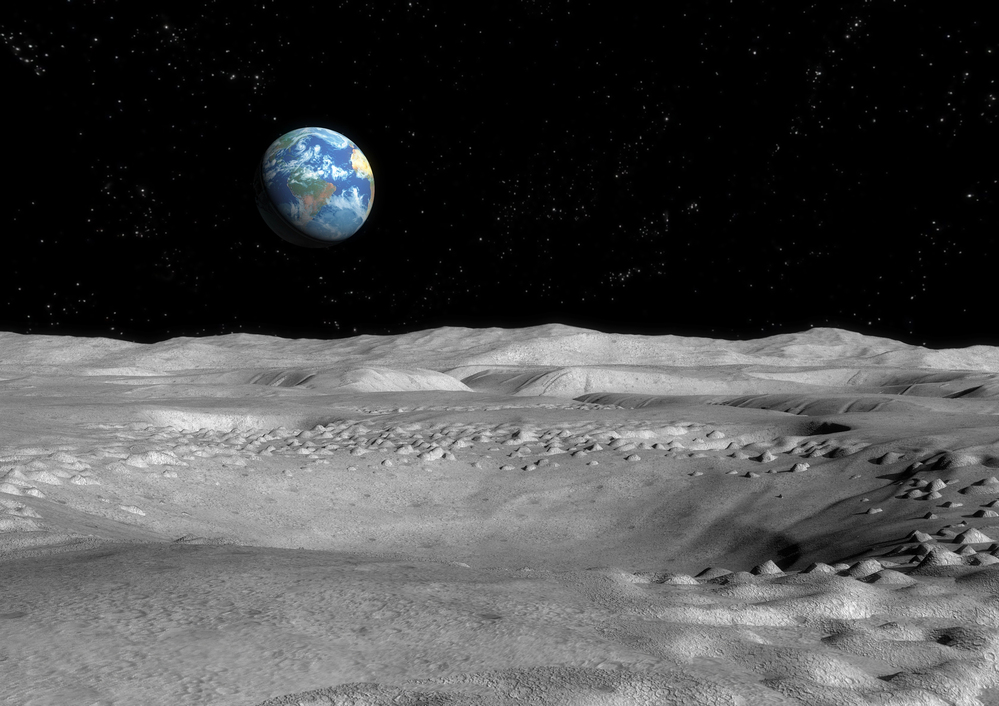
3. Heat Rejection and Power Conversion: The Physics of Survival
Heat rejection is the biggest engineering challenge for a nuclear reactor on the Moon. Since there is neither atmosphere nor water, the only means of discarding waste heat is by means of large radiators that release infrared energy directly into space. For a 100 kW facility, such radiators contribute considerable mass and complication, and their efficiency is compromised by the deposition of lunar dust. NASA’s Kilopower mission, which proved a small fission system in 2018, showed that heat-to-electric conversion through Stirling engine machines that transform thermal gradients into mechanical and eventually electrical energy with high efficiency is possible. Maximizing this efficiency at minimum mass will be essential to mission success for the lunar reactor; the plan draws on NASA’s Kilopower mission.

4. Regolith Shielding and In-Situ Resource Utilization (ISRU)
Protection from radiation is another significant challenge. The lunar reactor will be shielded significantly, probably from a blend of engineered materials and in-situ regolith from the moon. Burying the reactor under several meters of regolith can efficiently cut back on radiation exposure for both astronauts and sensitive equipment, as well as offer thermal insulation. ISRU is key to this strategy: “Lunar resources such as mineral resources, water/ice resources, volatiles, and solar energy will support the development of a lunar base for long-duration life support and scientific exploration missions,” a recent review states. Technologies for regolith excavation and processing, water and oxygen extraction, and the production of shielding material are being developed very quickly, with the promise of minimizing the mass and expense of lunar infrastructure in the future, making ISRU construct a lunar base significantly lessen the dependence on Earth supplies.
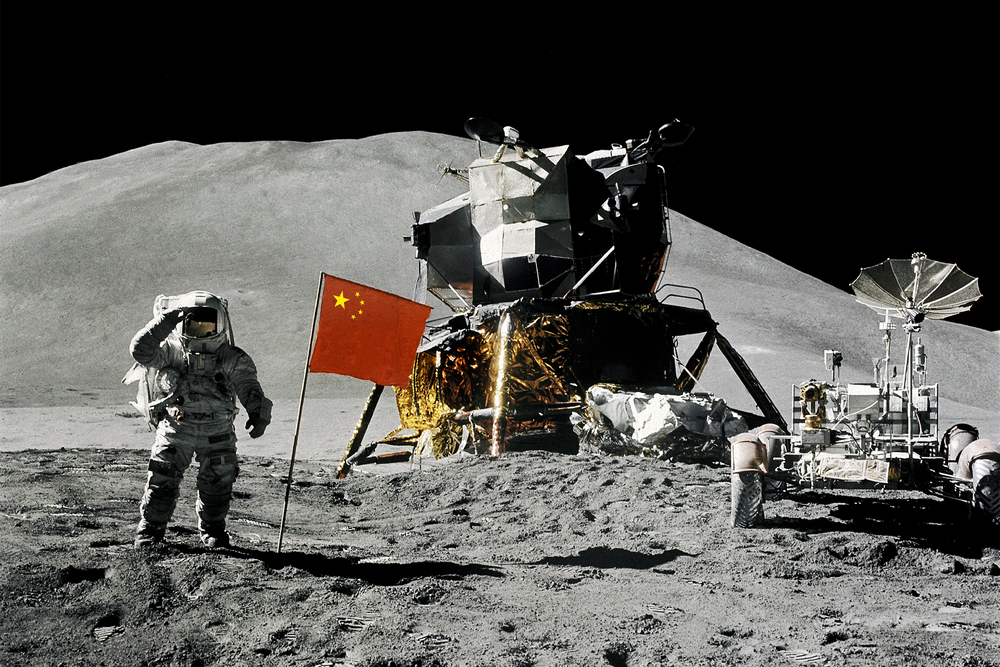
5. Timeline and Procurement: Racing the Clock
The U.S. timeline is aggressive. NASA has been instructed to put out a call for industry proposals within 60 days, with at least two contracts to be delivered within six months. The objective: deploy the reactor by 2030, roughly in line with China’s intended crewed lunar landing. The system has to be contained in a 15-metric-ton payload for transport by a heavy-class lander. This condensed schedule is compounded further by budget reductions. The Trump plan would boost human spaceflight spending but reduce science missions in half, redirecting NASA’s attention to infrastructure and exploration at the expense of basic research. NASA is under 25% proposed cutbacks, including 50% to science initiatives.
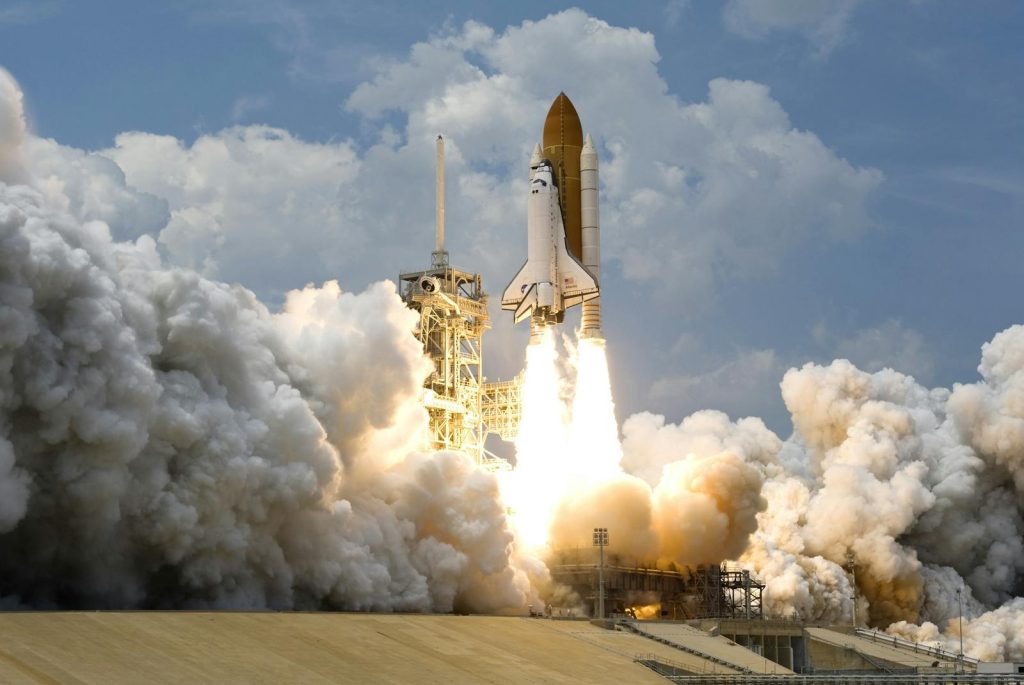
6. Safety, Regulation, and Launch Risks
It is riddled with safety and regulatory issues to launch a nuclear reactor from Earth. The system needs to be “cold launched,” with the reactor activated only safely on the moon, reducing radioactive risk on ascent. “Launching radioactive material via the Earth’s atmosphere is a safety issue. You need to have a special permit to do that, but it’s not impossible,” says planetary scientist Simeon Barber in the BBC. International regulation, headed by the United Nations Office for Outer Space Affairs, will have a function to enforce standards and adherence to treaties regarding nuclear power in space. UNOOSA acknowledges that for some missions in outer space, nuclear power sources are particularly suited or even essential.
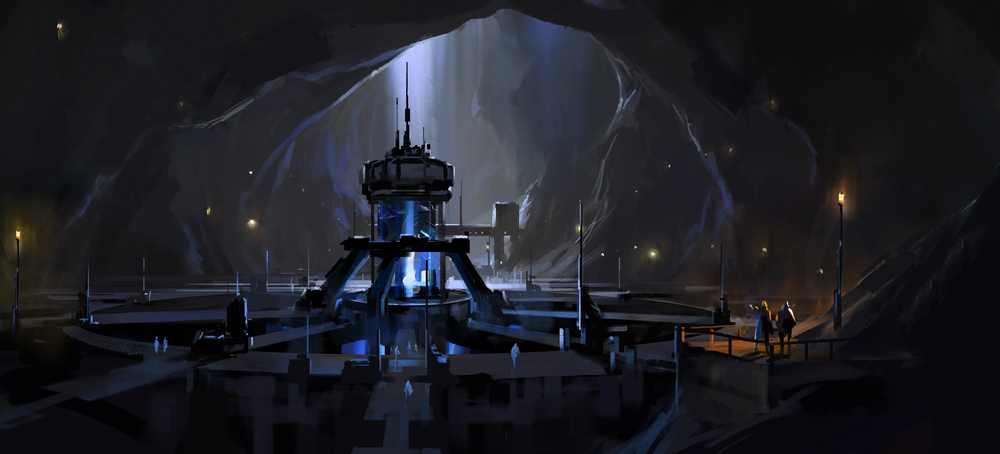
7. The Global Race: China, Russia, and the Future of Lunar Power
China and Russia have made public declarations of their intention to launch a combined lunar reactor between 2033 and 2035. Chinese engineers boast that they have designed a smaller, more efficient reactor than NASA’s projected model, requiring only 18 kilograms of uranium, as opposed to the U.S. prototype, which will use 70 kilograms. The result of this contest may decide not just who gets to tap lunar resources but also the regulations and conventions that will guide subsequent space ventures. As Simon Middleburgh of Bangor University succinctly described, “The truth is that nuclear is the only option to power a moonbase. We can’t take fuel up there. Solar panels won’t work.”. Diesel generators won’t function, and the old-fashioned radio-thermal generators simply aren’t large enough to make a dent.
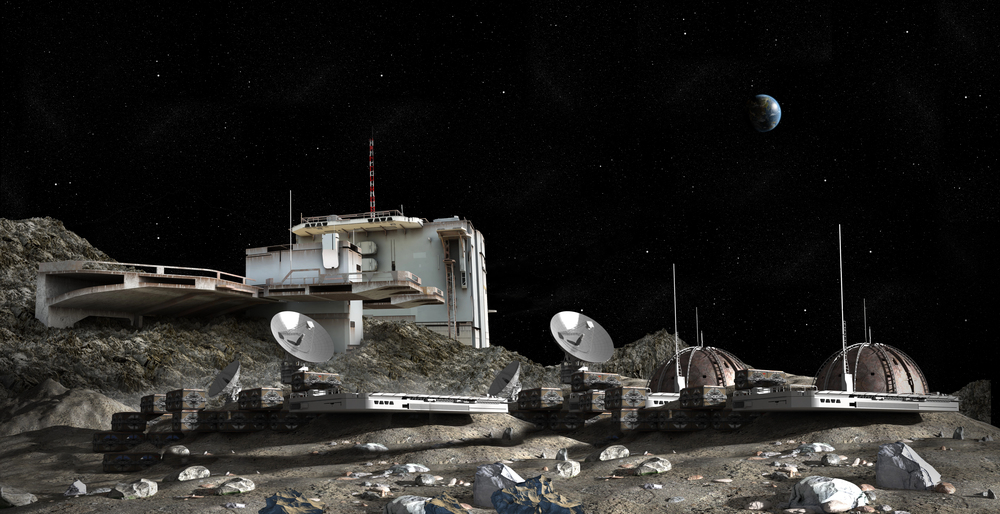
The Moon is no longer an exploratory destination; it is the testing ground for the next generation of space infrastructure, where engineering, science, and strategy come together in a high-stakes race for power, both literal and geopolitical.
